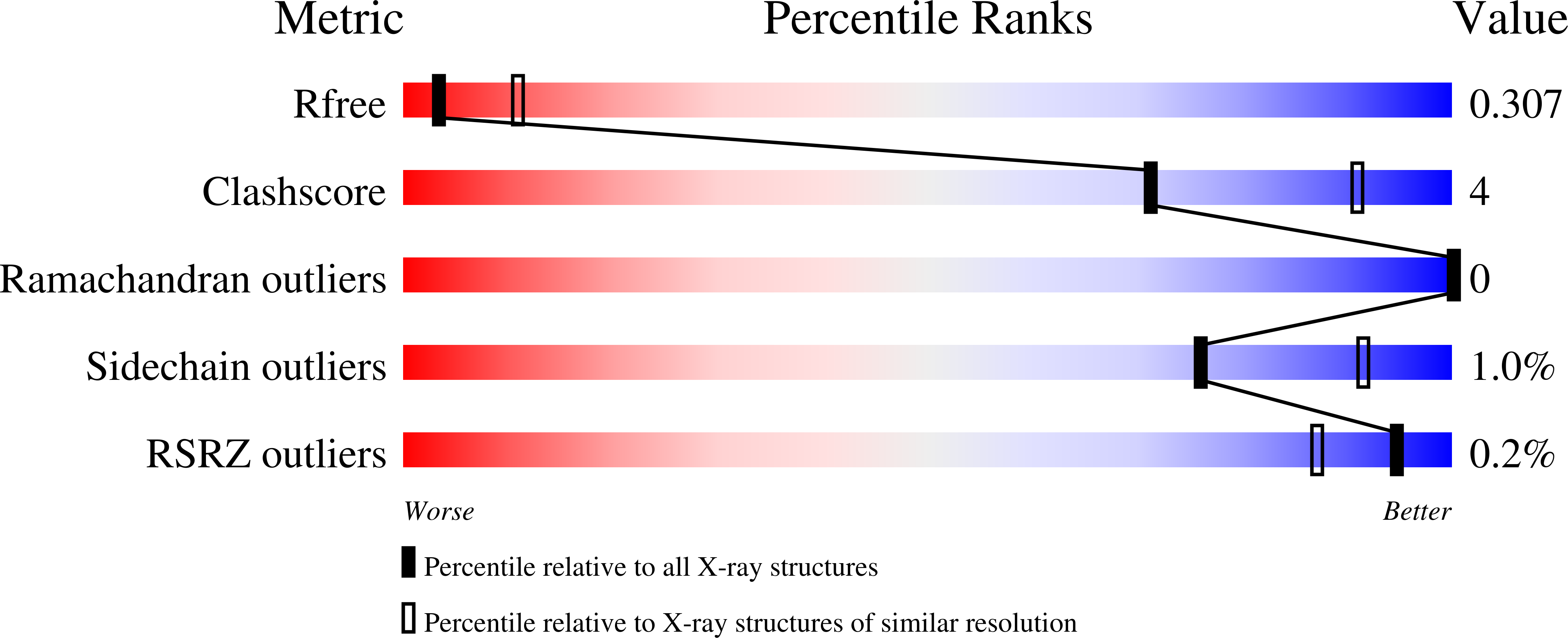
Deposition Date
2023-05-18
Release Date
2023-12-27
Last Version Date
2023-12-27
Entry Detail
PDB ID:
8SWI
Keywords:
Title:
Crystal structure of legAS4 from Legionella pneumophila subsp. pneumophila with histone H3 (1-12)peptide
Biological Source:
Source Organism:
Legionella pneumophila subsp. pneumophila (Taxon ID: 91891)
Homo sapiens (Taxon ID: 9606)
Homo sapiens (Taxon ID: 9606)
Host Organism:
Method Details:
Experimental Method:
Resolution:
3.00 Å
R-Value Free:
0.31
R-Value Work:
0.25
R-Value Observed:
0.25
Space Group:
P 31 2 1


